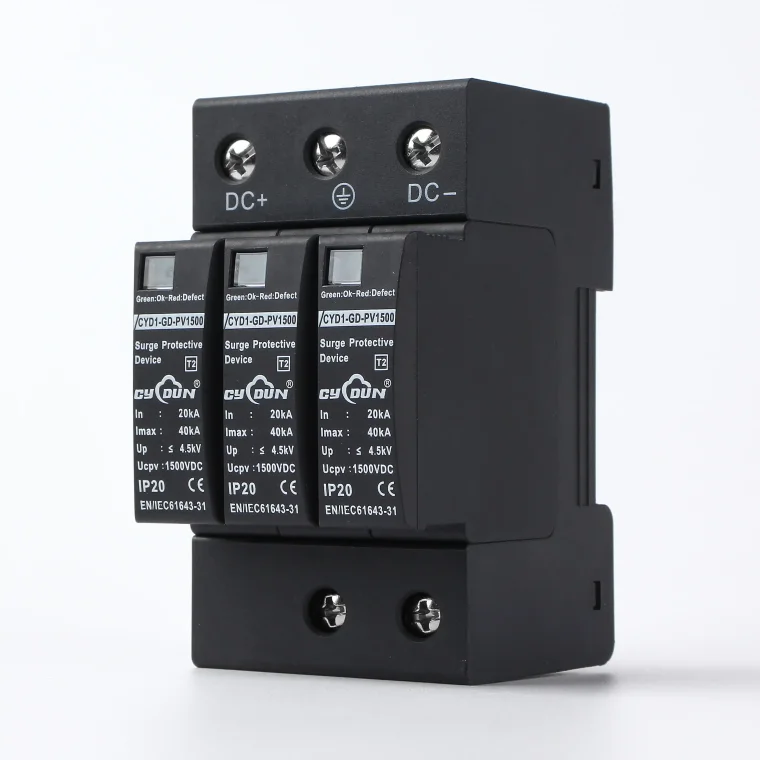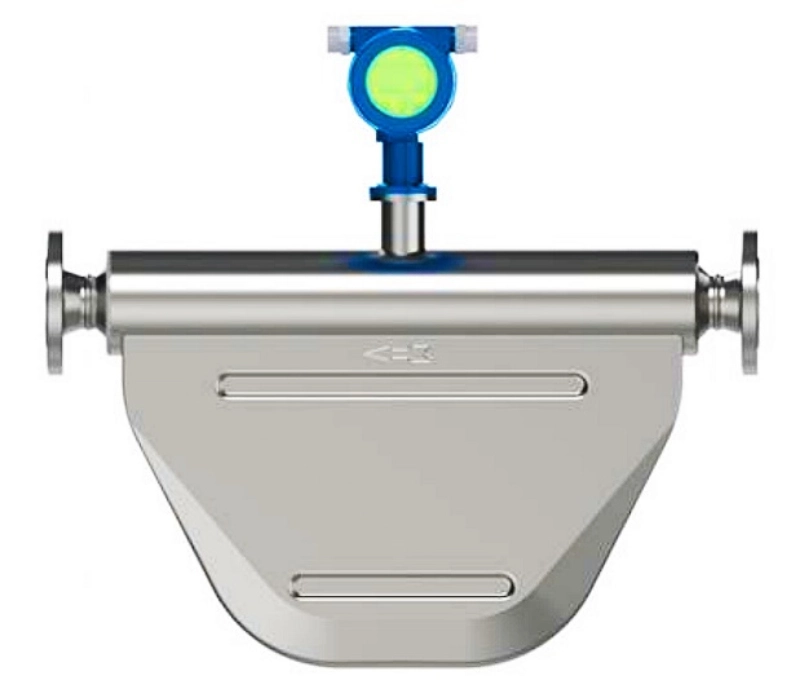In the realm of office equipment, laser printers have carved out a reputation for their efficiency, speed, and high-quality output. However, a common question arises among consumers and businesses alike: How long do laser printers last? The answer is multifaceted, influenced by various factors including usage patterns, maintenance practices, and technological advancements. In this article, we will delve into the lifespan of laser printers, explore the elements that affect their longevity, and provide practical tips for maximizing their operational life.
Understanding the Lifespan of Laser Printers
On average, a laser printer can last anywhere from 3 to 7 years, depending on its model and usage. High-end commercial models may even exceed this range, lasting up to 10 years or more with proper care. The lifespan is typically measured in terms of the number of pages printed, with many laser printers rated for 50,000 to 300,000 pages. However, this figure can vary significantly based on the printer's design, the quality of its components, and the frequency of use.
Factors Influencing Longevity
- Usage Patterns: The frequency and volume of printing play a crucial role in determining how long a laser printer will last. Printers that are used heavily in a high-volume environment may experience wear and tear more quickly than those used sporadically. For instance, a printer in a busy office that handles thousands of pages per month will likely require replacement sooner than one used in a home office for occasional printing.
- Quality of Components: The build quality of a laser printer significantly impacts its lifespan. Higher-end models often use more durable materials and advanced technology, which can enhance longevity. Additionally, the quality of consumables, such as toner cartridges and drums, also affects performance and lifespan. Using OEM (Original Equipment Manufacturer) parts is generally recommended, as they are designed to work optimally with the printer.
- Maintenance Practices: Regular maintenance is essential for prolonging the life of a laser printer. This includes routine cleaning, timely replacement of consumables, and addressing minor issues before they escalate. Dust and debris can accumulate inside the printer, leading to mechanical failures if not cleaned periodically. Following the manufacturer's maintenance guidelines can significantly extend the printer's operational life.
- Technological Advancements: As technology evolves, newer models may offer improved efficiency and durability. Businesses should consider the age of their equipment in relation to advancements in printing technology. Upgrading to a newer model may not only enhance performance but also reduce long-term costs associated with repairs and maintenance.
Signs That Your Laser Printer Needs Replacement
Recognizing when to replace your laser printer can save time and money. Here are some signs that indicate it may be time for an upgrade:
- Frequent Breakdowns: If your printer requires constant repairs or has become unreliable, it may be more cost-effective to invest in a new model.
- Decreased Print Quality: A noticeable decline in print quality, such as streaks, smudges, or faded text, can indicate that the printer is nearing the end of its lifespan.
- Incompatibility with New Software: As operating systems and software applications evolve, older printers may struggle to remain compatible, leading to functionality issues.
- Increased Operating Costs: If the cost of consumables and repairs begins to outweigh the cost of a new printer, it may be time to consider a replacement.
Maximizing the Lifespan of Your Laser Printer
To ensure that your laser printer lasts as long as possible, consider the following best practices:
- Regular Cleaning: Dust and debris can accumulate inside the printer, affecting performance. Regularly clean the printer's interior and exterior to maintain optimal functionality.
- Use Quality Consumables: Invest in high-quality toner cartridges and drums. While generic options may be cheaper, they can lead to subpar performance and potentially damage the printer.
- Follow Manufacturer Guidelines: Adhere to the maintenance schedule and guidelines provided by the manufacturer to ensure the printer operates efficiently.
- Monitor Usage: Keep track of your printing volume and adjust your usage habits if necessary. If your printer is consistently running at or near its capacity, consider upgrading to a model designed for higher volumes.
Conclusion
In summary, the lifespan of laser printers can vary widely based on usage, maintenance, and technological factors. By understanding these elements and implementing best practices, users can maximize the longevity of their printers, ensuring they remain a reliable tool for years to come. Whether you are a business looking to optimize your printing solutions or an individual seeking a dependable home office printer, being informed about the lifespan and care of laser printers is essential for making sound investment decisions.






+ There are no comments
Add yours